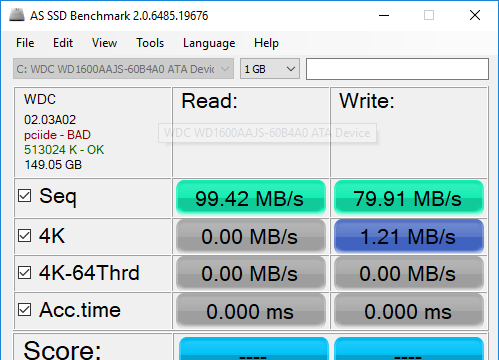

As drives get newer all will have TRIM enabled by default but in my case it was essential to check the firmware supported it, and it does. From here navigate to the details tab and choose Hardware Id’s from the drop down menu.Īs you can see from the screenshot there is a long list of information but the end of each entry is key, in my case there is “0006”, this refers to the firmware number. It doesn’t half fly though! Remember to right-click on the Disk and not the partition. In this case it is disk 0. The drive is only a 64gb drive due to lack of funds, its used primarily as an OS drive with the majority of programs also installed.
/cdn.vox-cdn.com/uploads/chorus_image/image/41491430/snapchat1_1020.0.jpg)
With Computer Management open you choose the drive in question and enter its properties menu. The first thing to do was to launch the Computer Management program: This is obviously with Windows 7 as TRIM is supported by the OS without any fiddling around. Seeing as I just bought a Solid State Drive I thought it would be a good idea to check TRIM was working: I found a couple of utilities to get me started. They have a few different utilities which are meant to speed up the drive, I won’t go too technical but TRIM is one of these functions and when a file is deleted the area the file is stored is wiped to allow for quicker write speeds later. They don’t need an arm to move across the disk reading the data so the seek times are much better and therefore they read data much faster than a normal hard-disk. If you’re not familiar with them they basically use flash memory instead of magnetic disks hence the name. Solid State Drives are getting increasingly more affordable and therefore increasingly more common, especially with expensive laptops having them built in. Here is an interesting analysis of an SSD performed and reported by Alex Golding.


 0 kommentar(er)
0 kommentar(er)
